Richiesta di un preventivo di spedizione
Calcoleremo il prezzo di spedizione non appena ricevuta la tua richiesta.
Richiesta di un preventivo di spedizione
Calcoleremo il prezzo di spedizione non appena ricevuta la tua richiesta.
Potrebbe interessarti anche
Prodotti Sponsorizzati
Vaso grande in vetro soffiato con canne intrecciate di Paolo Venini per Venini, Italia, anni '80
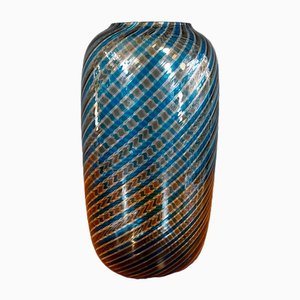
Vaso Carioca in vetro di Carlo Nasons Murano
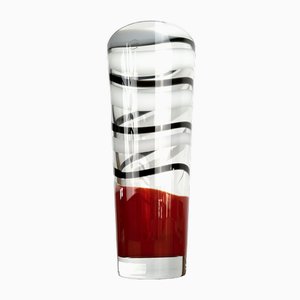
Vaso Ronces in vetro di René Lalique, anni '20
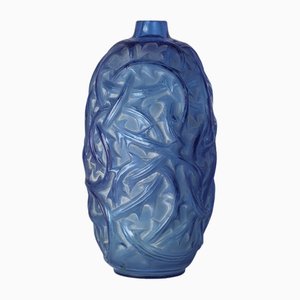
Vaso Ceylon in vetro opalino di René Lalique, anni '30
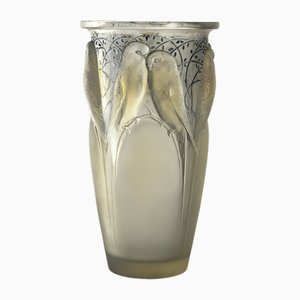
Altri prodotti di questo fornitore
Poltrona moderna, Svezia, anni '30
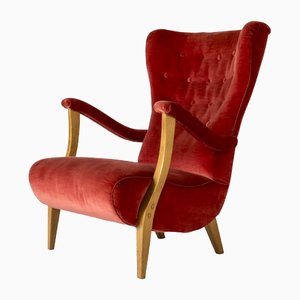
Vaso vintage in peltro e vimini di Estrid Ericson di Svenskt Tenn
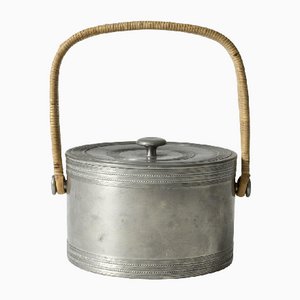
Scrivania vintage in palissandro di Kurt Olsen, anni '50
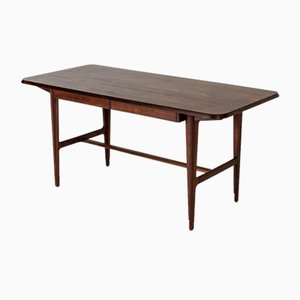
Lampada da scrivania Mid-Century moderna in ottone di Bergboms, anni '60

Lampada da terra moderna di Mjölby Intarsia, Svezia, anni '30
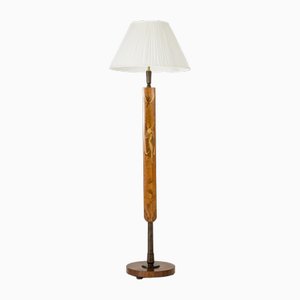
Braccialetto modernista in argento di Hans Hansen, anni '60

Vetrina vintage da tavolo di Josef Frank per Svenskt Tenn, anni '50
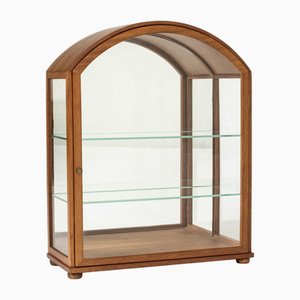
Lampade da tavolo Mid-Century di Bertil Brisborg per Nordiska Kompaniet, set di 2
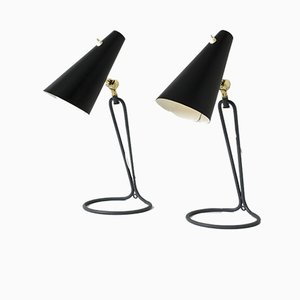
Tavolino da caffè in palissandro di Ib Kofod Larsen
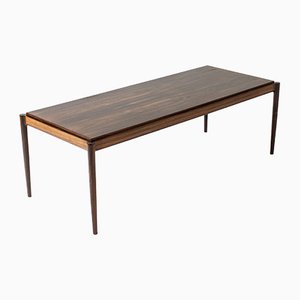
Lampada a sospensione modernista di Josef Frank per Svenskt Tenn, anni '50

Scultura Kadrilj di Fred Leyman

Scultura in pino e teak di Johnny Matsson, 1962
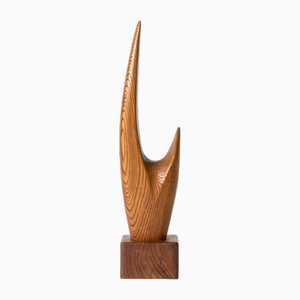
Tavolo da pranzo di Peter Hvidt e Orla Mølgaard
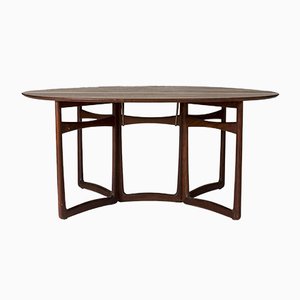
Lars Erik Falk, Painting F, 1987, Oil on Panel

Scultura Three Phases di Fred Leyman
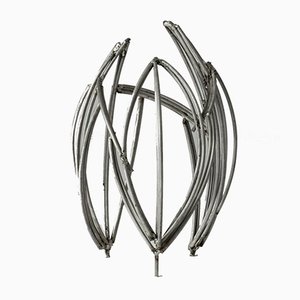
Bracciale in argento di Cecilia Johansson, 1975
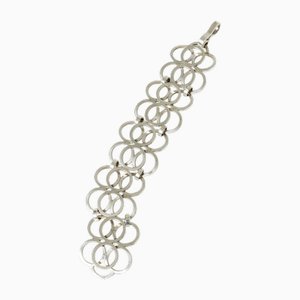
Vaso in gres di Carl-Harry Stålhane per Rörstrand, anni '50
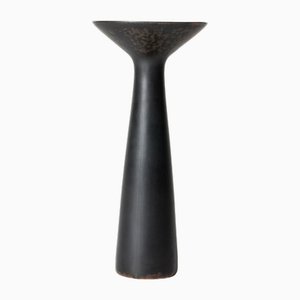
Lars-Erik Falk, Painting C, 1987, Oil on Panel
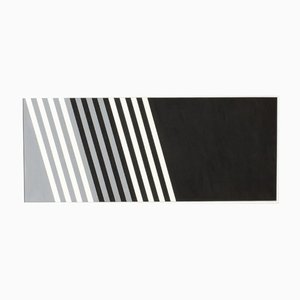
Scultura di Fred Leyman
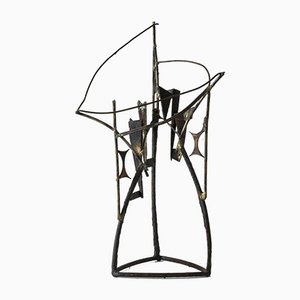
Vaso Chamotte in gres di Carl-Harry Stålhane
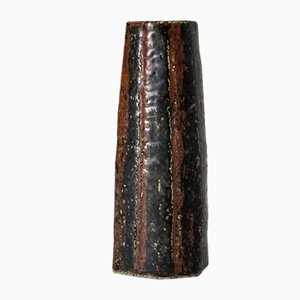
Altri prodotti
Contattaci
Fai un'offerta
Abbiamo notato che sei nuovo su Pamono!
Accetta i Termini e condizioni e l'Informativa sulla privacy
Contattaci
Fai un'offerta
Ci siamo quasi!
Per seguire la conversazione sulla piattaforma, si prega di completare la registrazione. Per procedere con la tua offerta sulla piattaforma, ti preghiamo di completare la registrazione.Successo
Grazie per la vostra richiesta, qualcuno del nostro team vi contatterà a breve.
Se sei un professionista del design, fai domanda qui per i vantaggi del Programma Commerciale di Pamono